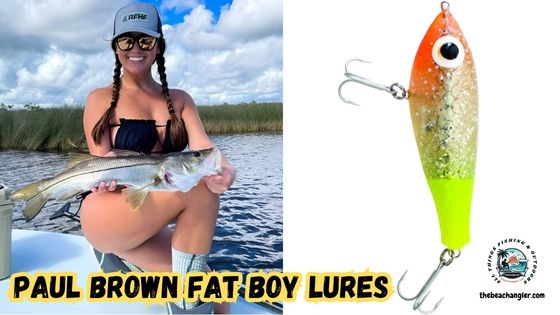Paul Brown Fat Boy lures offer an engaging and practical option for anglers who look for versatility and control in the water. I have spent time experimenting with these lures and appreciated how their design supports effective fishing.
QUICK LOOK: Tips for Fishing with the Paul Brown Fat Boy Lures
- During certain conditions, a rapid, snapping retrieve creates an erratic movement that can fool even very cautious fish. Experimenting with these techniques allows you to gauge which style triggers the most strikes from various target species.
- Another advanced tip involves the timing of starting your retrieve. I have noticed that waiting a moment after a cast before applying movement can help the lure settle into the desired depth. This pause allows the lure to fall freely and mimic natural sinking behavior before being awakened by a controlled retrieve. Timing can be especially influential when conditions are calm and the fish are less active.
- For lure enthusiasts targeting trout or redfish, I often adjust my technique based on water clarity and temperature. In clearer water, the lure’s motion is more apparent, and a subtle, deliberate retrieve often works best.
- In colder conditions, I tend to use a slower walk‐the‐dog action to create enough disturbance near the surface and keep the lure in the strike zone of sluggish fish. This variation in technique aligns with the behavior of fish in different temperatures and lighting conditions.
- A more nuanced tip I appreciate involves the use of both versions of the lure during a single outing. If conditions vary widely, using the original Fat Boy to experiment with flexible wire bending and then switching to the Fat Boy Pro for consistent action can provide a broader range of presentations. This kind of adaptability helps when targeting a variety of species and adjusting to shifting conditions throughout the day.
- Advanced techniques also include paying close attention to the lure’s interaction with water currents. When waters are moving, I have found that a slight adjustment to my retrieve pace ensures that the lure maintains its intended action.
The Fat Boy series allows me to customize my approach, whether I target shallow or deeper waters. In this article, I share my experience and observations to help you make the most out of these lures.
Key Features of Paul Brown Fat Boy Lures
The Fat Boy lures are known for combining simplicity with thoughtful design. The original Fat Boy includes a thin wire that runs from the eye to the hook. This feature lets you adjust the lure’s depth by bending the wire.
I have tried bending the wire to direct the lure’s run, making it a useful option for various fishing conditions. The design is straightforward and supports easy adjustments in the field. For those looking for a step up in stability, the Fat Boy Pro has a foil added to the design.
The foil helps keep the lure straight and maintains its natural action even when the wire is prone to twisting. My experience using the Fat Boy Pro showed that the added foil gave the lure a consistent movement, which is very useful in tough fishing scenarios. These design tweaks make the Fat Boy series a reliable choice when conditions are unpredictable.
The unique walk‐the‐dog action of the lure provides a natural appearance that many target species respond to. I have observed that the movement resembles a wounded baitfish, which can trigger aggressive strikes from predators. Whether you are fishing in colder water or during bright days, the lure’s movement attracts attention without coming off as overly artificial.
While the design is simple, each element contributes to the overall performance. The ability to modify the lure’s depth through wire bending and the inclusion of a foil on the Fat Boy Pro demonstrate the thoughtful engineering behind these products.
I have found that these features work well together, offering both versatility and ease of use. This careful attention to design details makes the lure a favorite among anglers trying to adjust their fishing strategies to various underwater conditions.
How to Effectively Use Paul Brown Fat Boy Lures
Effective use of the Fat Boy lures begins with understanding their action in the water. I always let the lure sink to the appropriate depth before introducing movement. The lure often performs best when allowed to reach the strike zone, generally one or two feet above the bottom. This simple adjustment can improve the likelihood of a strike from species that search for prey off the substrate.
One of the most appealing traits of this lure is its exaggerated walk‐the‐dog action. I have noticed that when the lure is retrieved with a rhythmic cadence, it mimics the erratic movement of baitfish.
This can trigger feeding instincts in aggressive predators. As you experiment, varying the pace and rhythm of the retrieve may yield different results. A slight pause after each series of twitches can often provoke a reaction from the target fish.
When using the original Fat Boy, you have the option to tailor the depth by bending the wire. I often adjust the wire so that it faces downward when I am targeting deeper areas. On the other hand, turning the tip upward helps keep the lure in shallower zones. These minor adjustments are practical and allow you to better target fish that prefer different water layers.
Weather conditions play a part in how I retrieve the lure. In colder water, such as during winter, a faster retrieve near the surface works well when targeting trout. The agility of the lure makes it possible to replicate the quick movements many fish associate with escaping prey.
I always consider local weather patterns and water temperature when planning my retrieve strategy. This flexibility in retrieve method serves as a reminder that no single technique fits all situations, so adjusting your method to current conditions can increase your success rate and help you fully use what the Fat Boy lures have to offer.
Critical Adjustments and Considerations
One very important adjustment I have learned is to focus on controlling the depth of the lure. The original Fat Boy features a wire that allows you to adjust its depth by simple bending. For deeper runs, I bend the wire downward so that the lure sinks with a more pronounced angle. This adjustment helps when fish are located further off the bottom, particularly in deeper water zones.
In contrast, when I need to keep the lure closer to the surface, bending the wire upward creates a more shallow run. This technique ensures that the lure operates within the feeding zone of species that feed near the surface. It is a straightforward method that does not require additional gear changes, providing adaptability even in challenging conditions.
The Fat Boy Pro’s foil offers an extra benefit by ensuring that the lure maintains a straight action. In my experience, the foil reduces the tendency of the lure to twist during retrieval. This means you can expect a consistent, predictable presentation. Whether you are using the lure in clear or murky water, a steady action helps fish pick up on and track the lure’s movement.
While both versions of the lure offer depth and action control, adjusting the retrieve is equally important. I have found that experimenting with different retrieve speeds and cadences gives better insight into what works for your specific fishing situation.
Sometimes a slow, pause-filled retrieve is more effective, while at other times a rapid, steady movement does the trick. Understanding the habits of your target species can guide the adjustments you make.
Other factors to think about include the choice of reel. Depending on your preference for spinning or baitcasting gear, you might find that different setups complement the lure differently. In my practice, picking a setup that feels comfortable and responds well to varying retrieval speeds is really important.
Taking the time to experiment with your gear in combination with the lure can have a meaningful influence on your success on the water.
Advanced Techniques and Tips
Once you become comfortable with the basic adjustments, I recommend checking out advanced techniques to maximize the lure’s potential. I have learned that varying the retrieve cadence is a simple way to test the lure’s versatility.
- During certain conditions, a rapid, snapping retrieve creates an erratic movement that can fool even very cautious fish. Experimenting with these techniques allows you to gauge which style triggers the most strikes from various target species.
- Another advanced tip involves the timing of starting your retrieve. I have noticed that waiting a moment after a cast before applying movement can help the lure settle into the desired depth. This pause allows the lure to fall freely and mimic natural sinking behavior before being awakened by a controlled retrieve. Timing can be especially influential when conditions are calm and the fish are less active.
- For lure enthusiasts targeting trout or redfish, I often adjust my technique based on water clarity and temperature. In clearer water, the lure’s motion is more apparent, and a subtle, deliberate retrieve often works best.
- In colder conditions, I tend to use a slower walk‐the‐dog action to create enough disturbance near the surface and keep the lure in the strike zone of sluggish fish. This variation in technique aligns with the behavior of fish in different temperatures and lighting conditions.
- A more nuanced tip I appreciate involves the use of both versions of the lure during a single outing. If conditions vary widely, using the original Fat Boy to experiment with flexible wire bending and then switching to the Fat Boy Pro for consistent action can provide a broader range of presentations. This kind of adaptability helps when targeting a variety of species and adjusting to shifting conditions throughout the day.
- Advanced techniques also include paying close attention to the lure’s interaction with water currents. When waters are moving, I have found that a slight adjustment to my retrieve pace ensures that the lure maintains its intended action.
This adjustment can be critical, as a retrieve that is too slow or too fast in moving water might lead to an unnatural presentation. Practicing in different water environments builds your confidence in making these fine or even major adjustments.
Frequently Asked Questions
I have often encountered several questions regarding the use of Paul Brown Fat Boy lures. Here are answers to common queries based on my experience and observations:
How do I control the depth of the Fat Boy lure effectively?
You can control the depth by bending the wire on the original Fat Boy. Bending it downward makes the lure sink deeper, while bending it upward helps keep it near the surface. The Fat Boy Pro is designed to maintain a straight course and requires fewer adjustments.

What retrieve style works best with these lures?
The Fat Boy lures perform best when used with a walk‐the‐dog action. I have found that allowing the lure to sink into the strike zone before starting a rhythmic retrieve produces good results. Try out different speeds and include short pauses to see what the fish in your area prefer.
Which reel should I choose for optimal results?
The choice between spinning and baitcasting gear depends on your personal preference and fishing style. I recommend trying both and seeing which one lets you perform the retrieve technique most comfortably. Each reel type offers its own benefits depending on the situation.
How do weather conditions affect my approach?
Weather plays a very important role in your retrieval strategy. In colder water or harsh weather, a faster retrieve near the surface can trigger strikes from species like trout. In calm conditions, a slower, more deliberate action may prove more effective. Always adjust your technique based on current conditions.
Can I use these lures in different water environments?
Yes, I have used Fat Boy lures successfully in both clear, sunny waters and in colder, more turbid conditions. Their slow sinking rate is particularly useful in low-visibility water, and their flexible design lets you adapt to various species and conditions.
Final Thoughts on the Paul Brown Fat Boy Lures
Paul Brown Fat Boy lures present a practical choice for anglers who want a lure that adapts to changing underwater conditions. I appreciate the simplicity of bending the wire to control depth and the dependable action provided by the Fat Boy Pro’s foil. These features give you the flexibility to adjust your technique in real time, especially when targeting specific strike zones.
Consistent success with these lures depends on understanding the dynamics of your fishing environment. I have learned that small adjustments in the retrieve, whether through altering the pace or changing the depth, can lead to significant improvements in strike rates. Integrating knowledge about water temperature, clarity, and the preferred behavior of your target species can help refine your method.
Taking a thoughtful approach to the lure’s presentation is something I have found very important. Every fishing trip offers a chance to improve your technique, whether you are bending the wire on an original Fat Boy or relying on the steadfast performance of the Fat Boy Pro. It is important to remain patient, practice consistently, and adjust your approach as conditions change.
I encourage you to experiment with different techniques to see how these lures perform under diverse conditions. The versatility of the Paul Brown Fat Boy lures allows for creative solutions tailored to your favorite fishing spots. Your personal experience, combined with careful adjustments, will gradually build a method that works best for you.
The ride with these lures is one of ongoing learning and adaptation. Each outing is an opportunity to observe fish behavior and tweak your settings, whether you are fishing in calm waters or dealing with a strong current. With a clear understanding of the lure’s features and proper technique adjustments, you can reliably improve your catch rate.
Additional Tips and Extended Insights
Over time, I have gathered extra insights that have made my experience with Fat Boy lures even more rewarding. It is one thing to understand the basic mechanics of a lure, but it is another to develop a feel for how it interacts with different water conditions.
Spending long days on the water and experimenting with a variety of retrieve speeds has shown me that even subtle changes can make a huge difference in outcomes. Whether taking a moment to let the lure settle naturally or adjusting the wire’s angle ever so slightly during a cast, these refined techniques have turned many near misses into successful strikes.
- One practical tip is to keep a fishing journal. Recording details such as water temperature, clarity, and even wind direction has allowed me to pinpoint patterns during successful outings. Over time, this journal has become an invaluable guide for selecting the optimal lure settings under varying conditions.
- I also recommend experimenting during different times of day. Early mornings often offer a calm, steady environment where the lure’s action is more subdued, while the bright light of midday might call for a more aggressive retrieve to help the lure stand out.
- Furthermore, engaging in conversations with fellow anglers has proven to be a great source of ideas and inspiration. Sharing experiences and discussing the intricacies of lure adjustments often reveals new techniques or small tweaks that can lead to better results. Keeping an open mind and being willing to tweak your approach when needed is important in mastering the Fat Boy lures.
- Finally, don’t overlook the importance of maintaining your gear. Regularly checking the wire for any signs of wear, ensuring that the foil on the Fat Boy Pro is intact, and keeping your reel in prime condition can all contribute to a successful day on the water.
When every part of your setup is in sync, you create the perfect conditions for consistent, reliable strikes. These additional tips have helped transform routine fishing trips into truly memorable adventures, and I hope they inspire you to try something new on your next outing.
Check Out Our Most Recent Gear Review Articles:
- Review Of The Penn Slammer IV Spinning Reel
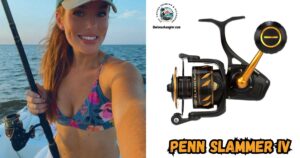
- Bassdash American Saltwater Cast Nets
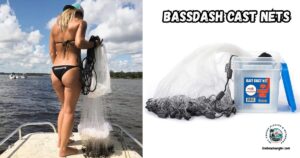
- 5 Advanced Features of the Daiwa Tatula MQ LT Spinning Reel
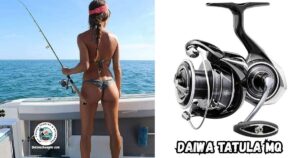
- 8 Key Features of the Daiwa Certate SW Saltwater Spinning Reel
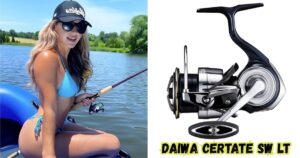
- The Foreverlast Tackle Harness
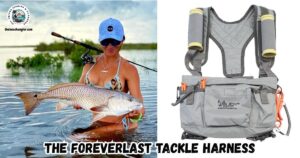
- 5 Revolutionary Features of the Minn Kota Riptide Instinct Quest Series Trolling Motor

As always, stay safe, enjoy the journey, and please try to leave it cleaner than you found it. If you have any comments, questions, ideas, or suggestions, please leave them in the comment section below, and I’ll get back to you ASAP. You can follow us on Facebook: Rex The Beach Angler, Instagram: thebeachangler7, Twitter: @AnglerBeach, and YouTube: Man Art Creations.
P.S. Thanks so much for checking out our blog; we really appreciate it. Just so you know, we may receive a commission if you click on some of the links that appear on our site. This helps us keep our content free and up-to-date for everyone. We appreciate your support!
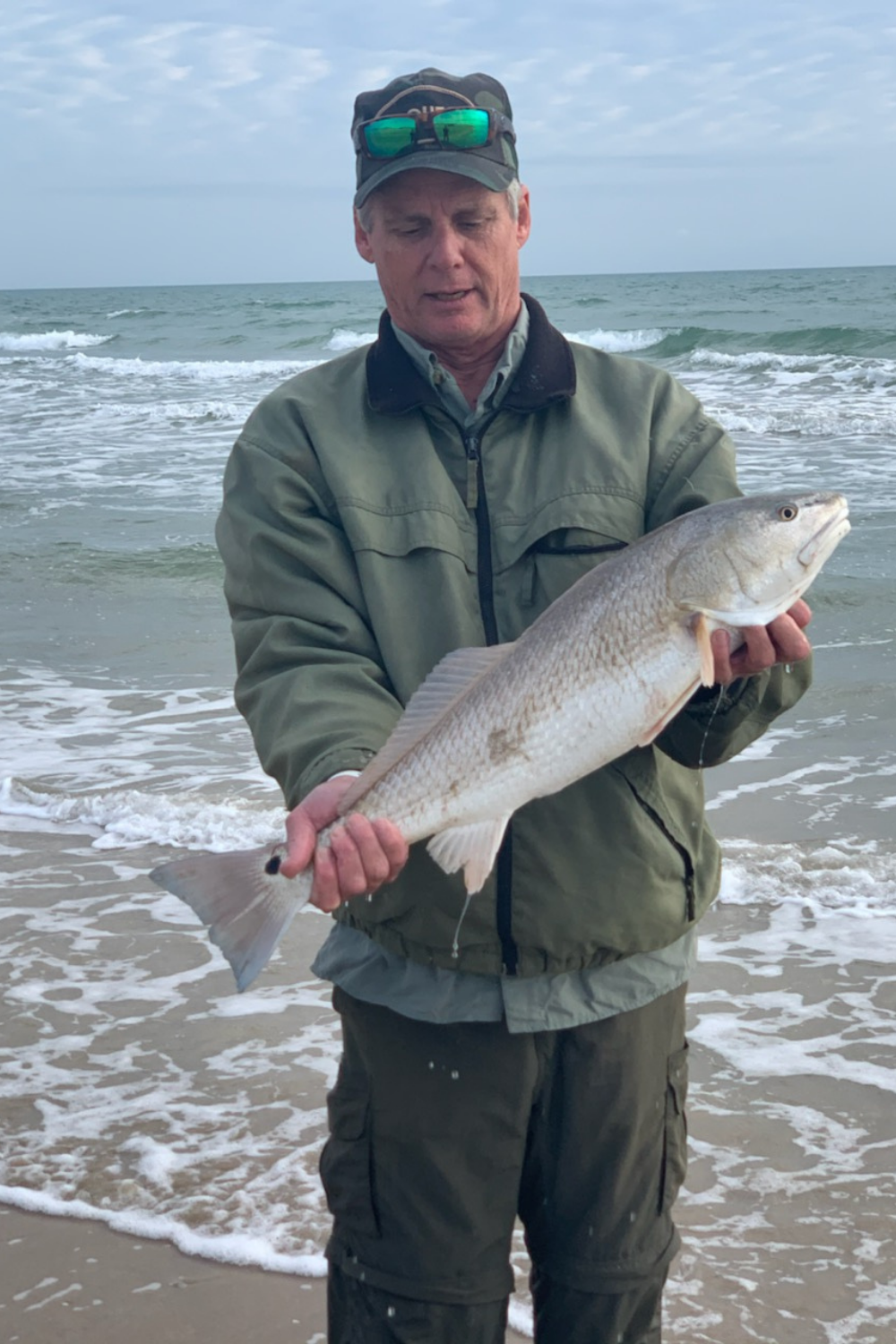
A life long surf fisherman with 50+ years of experience, I am also an avid hunter and outdoorsman. I will be sharing my passion for the outdoors with you so be prepared for hunting, fishing, camping, hiking and more. Along with gear reviews and the latest trends and innovations in the outdoor industry.

